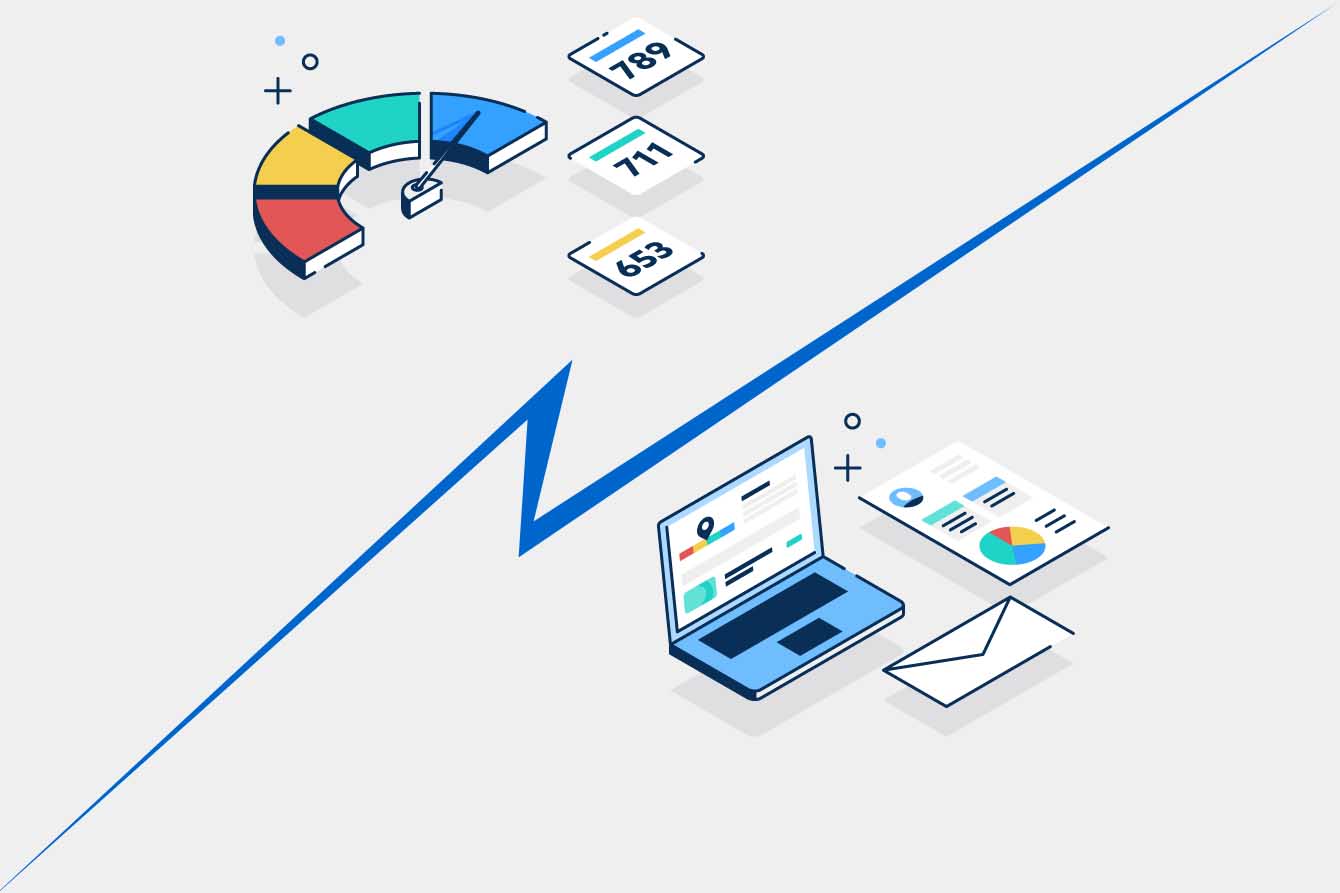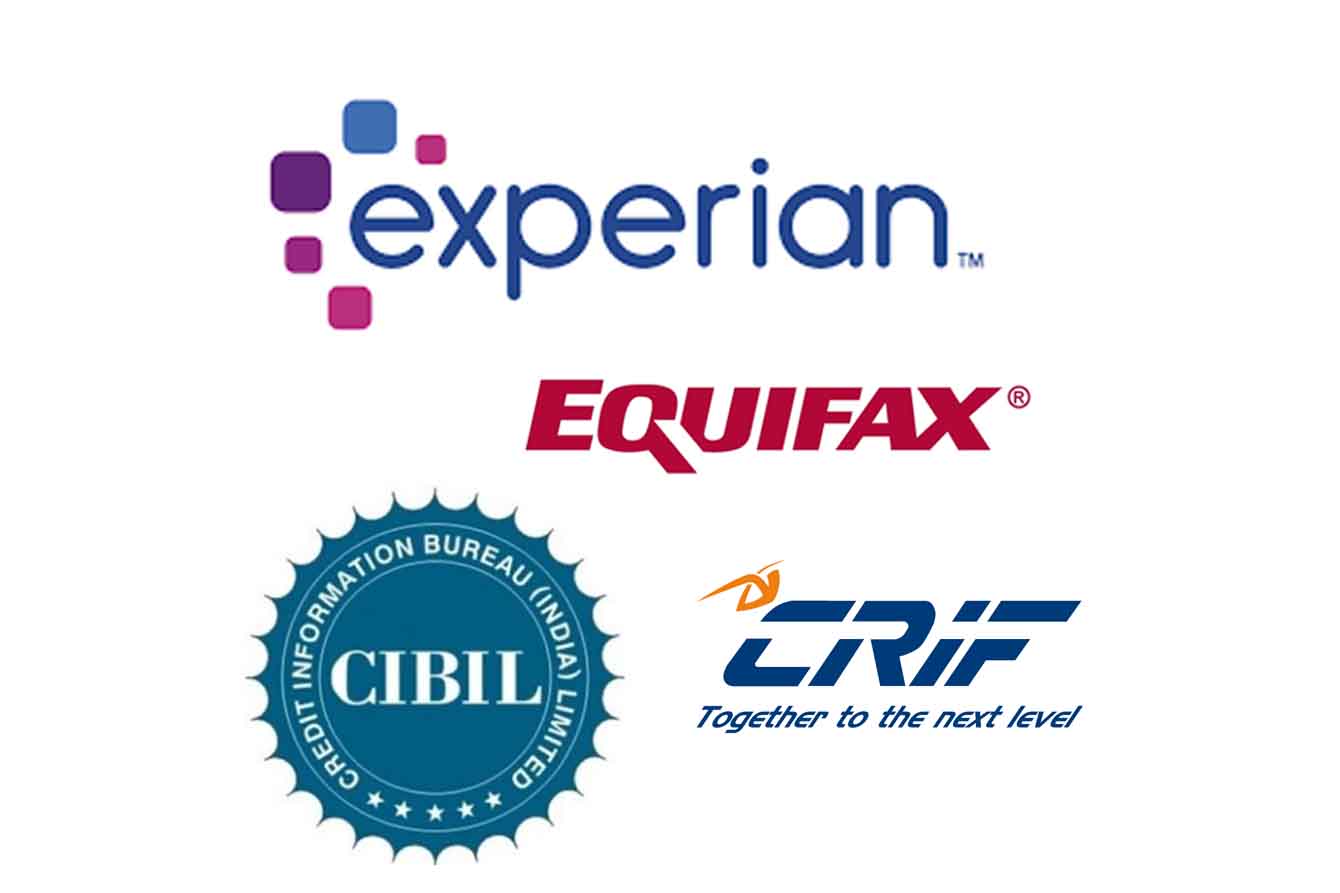The borrower makes set monthly payments to the lender over the course of several years with the objective of retiring the debt in the most popular forms of loans, such as real estate mortgages, vehicle loans, and student loans. Variable payment plans, in which the borrower might pay larger sums at his or her discretion, are not the same as EMIs. Borrowers under EMI programs are generally only authorized to make one set payment per month.
Borrowers profit from an EMI since they know exactly how much money they’ll have to pay toward their loan each month, making personal budgeting easier. Lenders profit from the loan interest since it provides a consistent and predictable revenue stream.
EMIs are neither good nor bad. However, EMI does have certain advantages when it comes to borrowing choices, as well. Determining a set payment each month helps debtors organize their money and stay on top of outstanding commitments, because the debt is divided into equal monthly instalments. They know how much they owe and how long it will take to pay it off.
Lenders compete with one another by offering flexible loan repayment choices, quick loan approval and disbursement, and little paperwork in order to attract more clients. Banks provide a variety of loan repayment alternatives to meet the diverse demands of its clients. A borrower can select between two types of EMI payments: EMI in Advance and EMI in Arrears.
What is Advance EMI, and how does it work?
Advance EMI is another name for EMI in advance. Many banks in the nation provide this form of EMI payment. The first EMI payment is paid to the bank in advance, and the principal amount minus the processing charge, as well as the first EMI amount, are released to the borrower’s bank account.
Here are some points that you need to know about EMI in advance
- The main loan amount is transferred to the borrower’s bank account, minus a one-time processing charge and one advance EMI payment (or paid to the car dealer in the case of car loan).
- The principal amount is only paid in the first EMI payment, which is called an advance EMI payment.
- In an Advance EMI arrangement, the annual percentage rate (APR) of the loan (which is the overall cost of the loan) is generally greater.
- In an Advance EMI programme, the principal loan amount and EMI instalments are reduced.
What is an EMI in arrear?
The EMI in Arrears is sometimes referred to as the normal EMI or the EMI in Arrears. To repay the loan, the borrower must make EMI payments at the end of each month for a certain period of time. In this scenario, the lender transfers the whole principal loan amount to the borrower’s bank account, less the processing charge, with no deduction for an advance EMI payment. If you don’t have enough money to make a down payment on a car of your choosing, the Arrear EMI plan is appropriate. To know more details share us your query from contact us page.
Author









